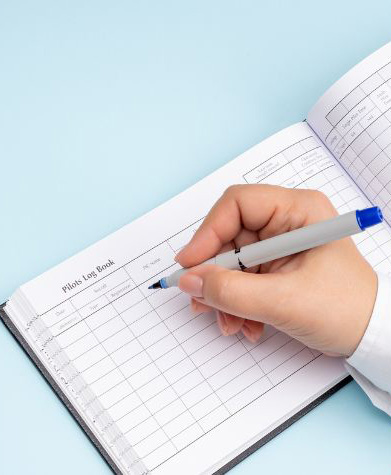 Claiming motor vehicle expenses in your personal income tax return using the logbook method can be a tax-effective strategy if you use your car for work-related purposes. However, you must maintain a properly documented logbook to comply with the Australian Taxation Office (ATO) regulations. Below are the key requirements and guidelines for keeping a valid logbook using the logbook method.
Claiming motor vehicle expenses in your personal income tax return using the logbook method can be a tax-effective strategy if you use your car for work-related purposes. However, you must maintain a properly documented logbook to comply with the Australian Taxation Office (ATO) regulations. Below are the key requirements and guidelines for keeping a valid logbook using the logbook method.
1. What is the Logbook Method?
The logbook method allows individuals to claim deductions for work-related car expenses based on the business-use percentage of their vehicle. To do this, a valid logbook must be maintained, recording both business and private use over a specific period.
2. Logbook Requirements
To meet ATO requirements, your logbook must:
- Cover a continuous 12-week period.
- Represent your typical travel pattern.
- Be completed for each vehicle if you use multiple vehicles.
- Be updated every five years or if your work-related travel significantly changes.
3. Information Required in the Logbook
Your logbook must include the following details:
- Date of each journey
- Odometer reading at the start and end of each journey
- Total kilometres traveled
- Purpose of the journey (e.g., client meeting, site visit, work-related travel)
- Distinction between private and work-related trips
At the end of the logbook period, calculate your business-use percentage as follows:

This percentage is then applied to your eligible vehicle expenses.
4. Keeping Records of Expenses
In addition to maintaining a logbook, you must retain records of all vehicle expenses, including:
- Fuel and oil receipts
- Registration and insurance costs
- Servicing and repairs
- Lease or loan interest payments (if applicable)
- Depreciation calculations (if you own the vehicle)
5. Common Mistakes to Avoid
- Not maintaining the logbook for the required 12-week period.
- Failing to update the logbook every five years or when work-related travel changes.
- Forgetting to record odometer readings.
- Not keeping receipts for fuel and other expenses.
- Claiming personal travel as business travel.
6. Digital Logbooks
The ATO accepts both physical and digital logbooks. There are several mobile apps available that help track travel automatically, making compliance easier.
7. Lodging Your Claim
Once you have determined your business-use percentage, apply it to your vehicle expenses when you send us your tax information. Ensure you retain your logbook and supporting documents for at least five years in case of an ATO audit.
Conclusion
The logbook method can be a valuable way to maximize tax deductions for work-related vehicle use, provided you maintain accurate and up-to-date records. By adhering to the ATO’s requirements, you can confidently claim your motor vehicle expenses while remaining compliant with tax regulations.
For further guidance, contact us or visit the ATO website.
Further Reading:
ATO Work-Related Deductions



